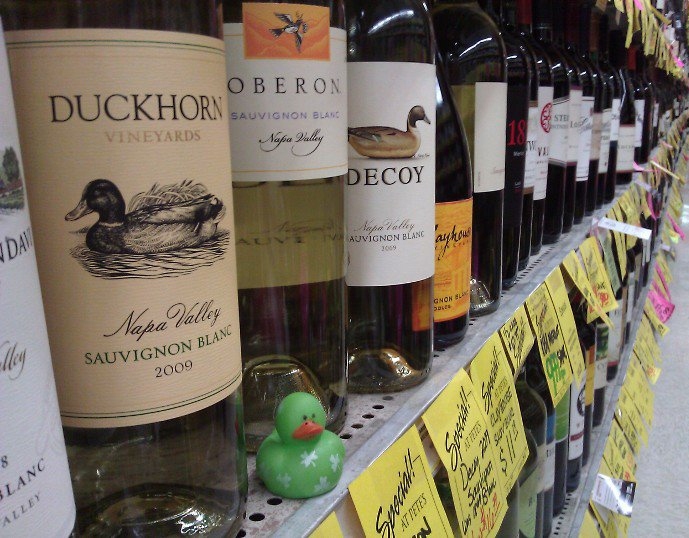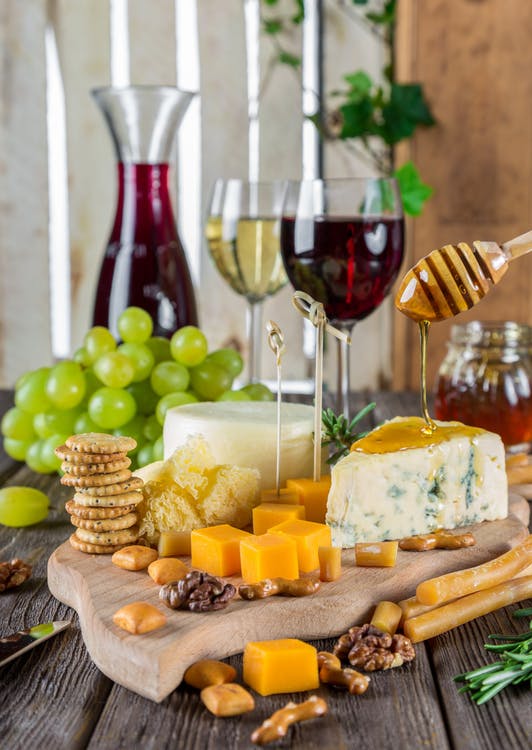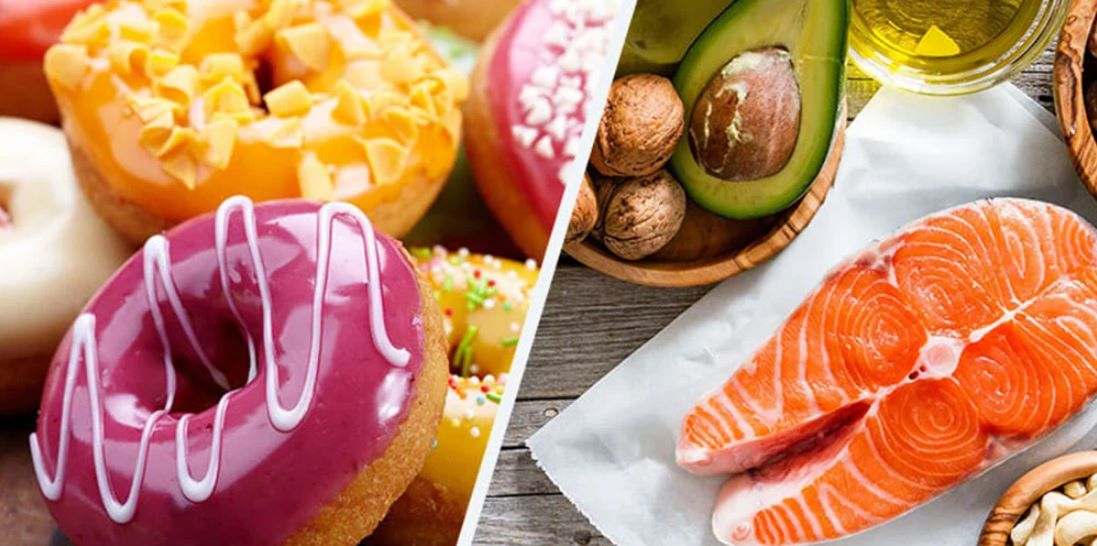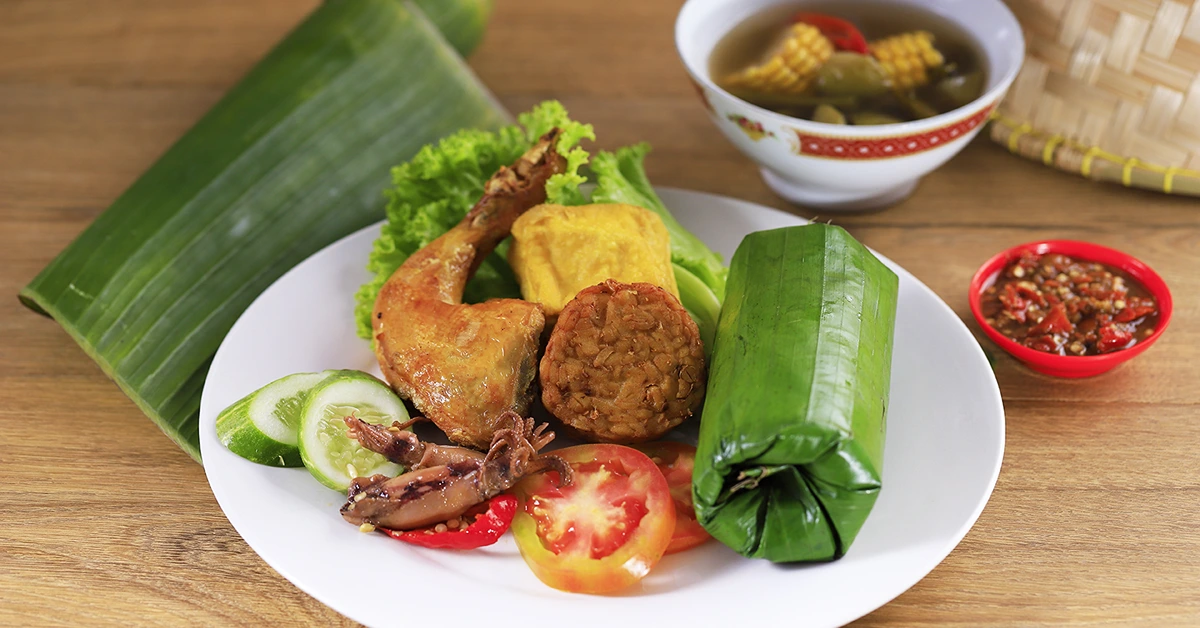Wine is bottled poetry ~ a famous quote by Robert Louis Stevenson.
Wine is a beautiful, changing, living thing – an alcoholic beverage made with the fermented juice of grapes. Technically, wine can be made with any fruit (i.e. apples, cranberries, plums, etc) but most wines are made with wine grapes.
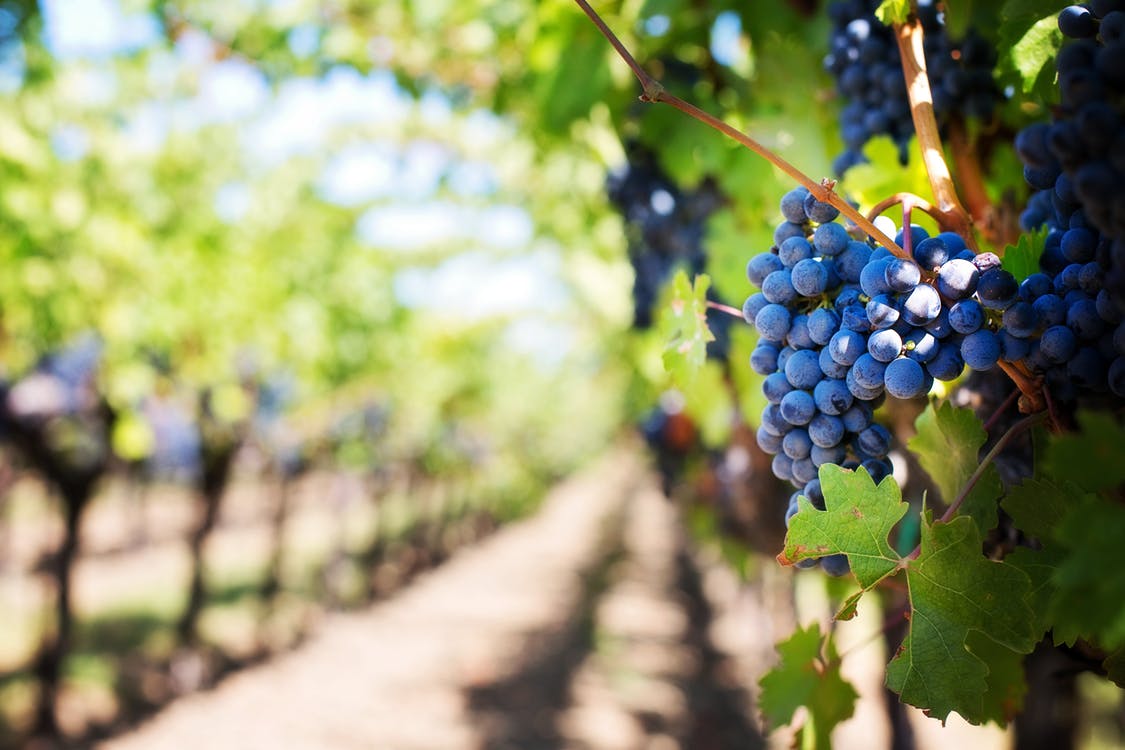
Good wine is one of life’s greatest pleasures. Whether you are a novice or a connoisseur, interested in simply sipping or expertly analyzing, enjoying a glass of wine can be a sublime experience.
Unfortunately, many people find wine and how to choose, serve, and describe it more intimidating than enjoyable. The very scope of the topic seems daunting. But never fear — you don’t have to take a class to appreciate the subtleties of fine wine.
The Basics
To help you select what wine to serve with a particular food, here are some guidelines:
-
When making a food and wine match, think about the four basic taste components your tongue recognizes: salt, sweet, bitter, and sour. How the food tastes can dictate the perfect wine selection for your meal.
-
Generally, wines and foods belonging to the same culture are the most compatible; for example, serve Italian wines with Italian food.
-
Red dinner wines are usually dry and rich, sometimes with a tart or astringent quality. They go well with hearty or highly seasoned foods, such as beef, pork, game, duck, goose, and pasta dishes.
-
White dinner wines are lighter in body and flavor and can be dry and tart or sweet and fragrant. Serve these white wines with foods such as chicken, turkey, fish, shellfish, ham, and veal.
-
Rose wines are pale red wines that can be either dry or sweet. These wines complement ham, fried chicken, shellfish, cold beef, picnic foods, and buffet foods.
-
Appetizer wines are served as a cocktail or before the meal to sharpen the appetite. Dry sherry and chilled dry (white) vermouth can be served with any type of appetizer. Soft, light-bodied wines that are simple and fruity, such as chenin blanc, are usually suitable accompaniments for hors d’oeuvres.
-
Nonalcoholic or dealcoholized white, red, and even sparkling wines are available. They are pressed and fermented like any wine but have been filtered by a special process to remove virtually all of the alcohol. Pair them with foods according to their type.
-
The “red with red” rule works well with beef because the tannin in red wine “scrubs” beef’s rich flavor off the palate. Reach for a tannic cabernet sauvignon, petite sirah, or zinfandel, especially if the meat boasts a heavy sauce. Rare prime rib tastes almost sweet, so it’s perfect with a fruity Beaujolais.
-
Pair a sweet smoked ham with a sweet wine-a chenin blanc, gewurztraminer, or riesling. If you enjoy rose wines, now’s the time to pop the cork; and for those who believe a wine’s first duty is to be red, serve a lightly chilled Beaujolais.
-
If your holiday turkey menu features sweet side dishes such as glazed carrots or marshmallow-topped sweet potatoes, choose a white wine with similar sweetness, such as a chenin blanc or gewurztraminer. If your menu items are savory, you can lean toward a Johannisberg riesling, savignon blanc, or even a light, fruity chardonnay. If your bird boasts a spicy sausage stuffing, sip a Beaujolais or lightly chilled pinot noir.
-
A dessert and wine match is most successful when the sugar/acid balance on the plate and in the glass are similar. With rich cheesecake, bring out a syrupy late-harvest wine. Complement chocolate cake by choosing a red wine with chocolate or spice components, such as a zinfandel or cabernet sauvignon. With fruitcake, open a dessert wine such as a marsala. Super sweet or tart desserts make most wines taste sour and flat.
Buying Wines
-
When buying wine, start with a good retail wine shop that carries a wide range of wines. Then, look for an informed store employee who will help you make a selection, keeping your tastes and the food you’re serving in mind.
-
Generally you’ll find wines in 750-milliliter-size bottles. Some wines are also available in a larger 1.5-liter size, ideal when entertaining a group. You may want to sample a wine in a smaller bottle to ensure a good choice before investing in a larger bottle.
Serving Wines
-
Serve wines at temperatures that will heighten their flavors. White and rose wines should be lightly chilled, and reds should be served around 65 degrees.
-
To serve a bottle of wine, just open the bottle and pour; most wines don’t need to “breathe.”
-
Fill wineglasses one-half to two-thirds full so you can capture the wine’s aroma. For appetizer and dessert wines, serve smaller portions

